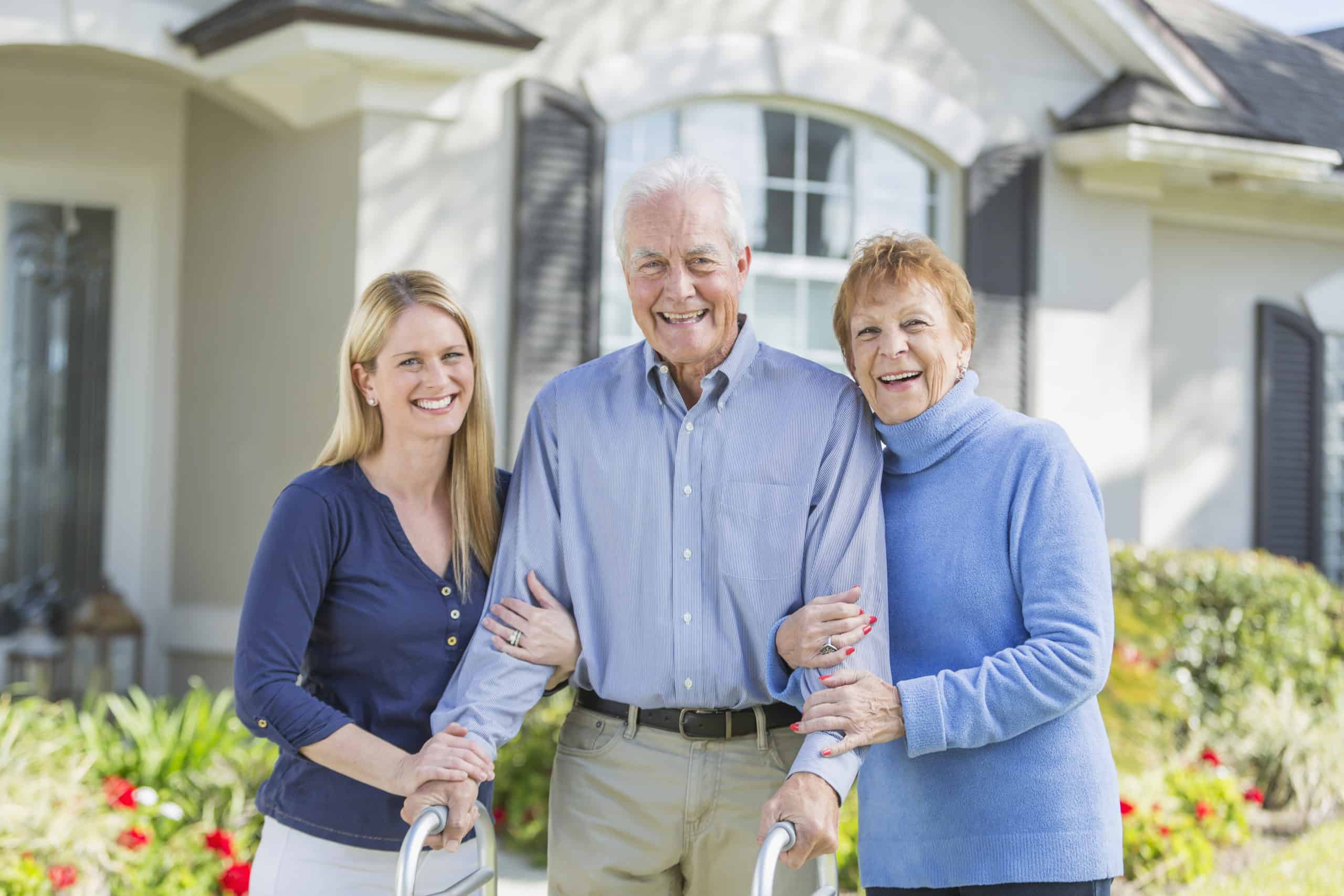Since June is National Safety Month, this is a great time in Pasadena and elsewhere around the country to consider possible safety features for homes where seniors are still in residence. If your senior loved one is living with you, or if you are a family senior and wish to keep living in the same household, it may be necessary to install some devices that will make it safer. One of the fundamentals of good senior care is ensuring that the residence is made safe for them since older people are more prone to accidents like slips and falls. At an older age, these accidents can be much more impactful than they might be for a younger person, so care must be taken to avoid such incidents. In this article, we’ll discuss some of the ways a residence can be made safer for seniors, so they can continue to enjoy the independence of living in familiar and comfortable surroundings.
Adequate lighting
Any room or area in the household that lacks adequate lighting is an invitation to an accident. Elderly people sometimes lack the sharpness of vision of their youth and don’t see things as well as they might. Darkness in an entryway is a good example of a situation that could lead to disaster because an obstruction can’t be seen clearly. It’s important to make sure every room, doorway, and hallway has good lighting so potential obstructions can be seen, and so there’s enough visibility to safely navigate through the area. Stairways and staircases are another prime area for accidents, so these need to be especially well-lit to accommodate the elderly.
Safe stairs
If you live in a multi-story home, there will be times when senior loved ones have to climb those stairs, possibly to get to a bedroom, a bathroom, or for some other reason. When it’s necessary to climb the stairs, they need to be well lit, so steps can be seen and navigated safely. It is advisable to install handrails if they aren’t already in place, so seniors have something to hold onto while climbing. Without handrails, it’s much more likely that a senior might lose their balance, and suffer a fall. If possible, make sure that each step is clearly defined, so that the edge of the step can easily be seen.
Bathroom improvements
The first thing you might think of as a bathroom improvement is installing grab bars in the shower or bath. While this is a great idea and very helpful, it’s not the only place where grab bars might be needed. Having one installed right by the toilet can be a godsend for elderly people who might have difficulty sitting or standing because they can offer support during the operation. It can also be easier for seniors to make use of a hand-held shower head rather than one that’s fixed in position. A hand-held shower allows them to direct the flow of water all over the body.
Non-slip floors
As you might guess, slippery floors can be really dangerous for the elderly, especially since they may not have good balance, and are prone to slips and falls anyway. Area rugs can also be hazardous because they can easily move along the floor surface, and that could cause someone to slip right along with the rug. Wall-to-wall carpeting is safer of course, because it cannot be moved at all. If your elderly loved one uses a walker, you should make sure that the carpeting is not so thick that the walker will get caught up in it. In kitchens, there usually are no rugs, but flooring consists of straight tiles or linoleum. This is an area where you might want to place non-skid mats if your senior frequently goes in and out of the kitchen. And of course, all floors throughout the household should be kept free of obstructions and things that could possibly cause an accident to someone who may not see them in time.
Handles and doorknobs
You might not think of handles and doorknobs as a safety hazard, in truth, they really don’t present much of a danger. However, they can be extremely difficult to turn for someone troubled by arthritis, and it may even be so difficult as to be impossible. If possible, turning knobs and handles should be replaced by lever-style hardware that is easier for seniors to manage. Faucets can be a significant problem for seniors suffering from some kind of arthritic pain or other issues, so these should also have lever-style hardware rather than the traditional turning knobs.
Landing areas
This is another scenario that might not immediately come to mind when you’re trying to make your home safe for seniors in residence. By landing areas, we mean those places like entrances to the home. When a senior is at the doorway holding a package or anything else in their hands, it could cause a problem when they start fumbling around for keys, or just to get the door open with one unoccupied hand. To alleviate the danger here, just place a small bench right next to the door, so your loved one can rest the mail, packages, or groceries on the bench while either searching for keys or trying to open the door.
A little consideration beforehand can avert a great number of mishaps and can keep your household accident-free for senior loved ones.

